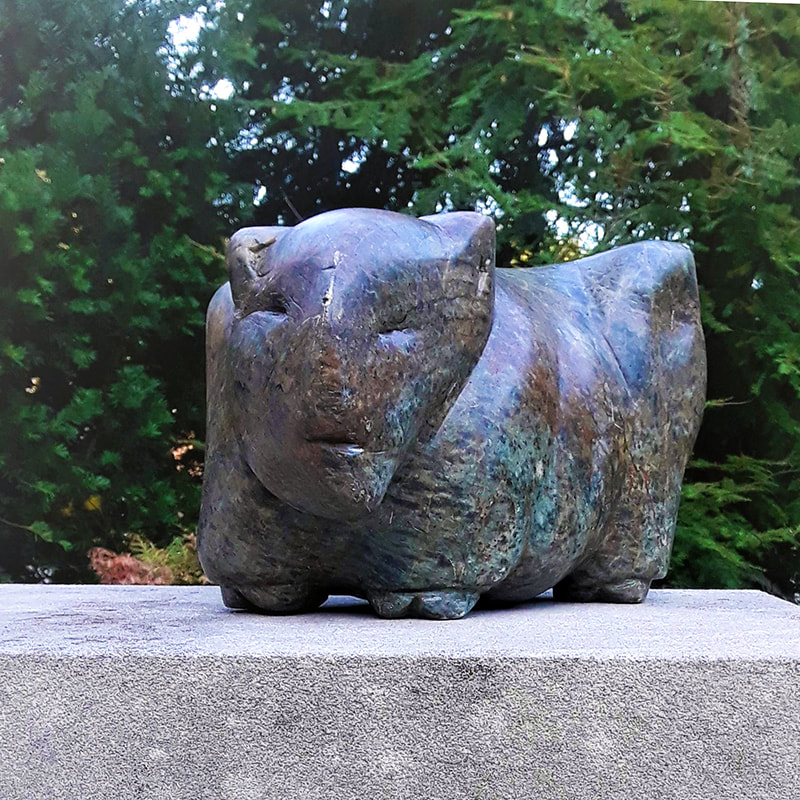Mark McKenzie
[email protected]
Outdoor sculpture has been a vital presence throughout my career in Landscape Architecture. My first professional exposure involved a large-scale Picasso sculpture that was part of the Gould Center project in Chicago in 1977 (pictured left, below). Working in Houston and Dallas during the building boom of the 1980s, the use of significant outdoor sculpture was part of heightened competition among developers and architects. Public sculptures set the tone for urban projects like the Allen Center to install pieces by Louise Nevelson and Peter Reginato. I had the opportunity to meet Arnaldo Pomodoro during an elaborate exposition hosted in Dallas. Later I also met Fernando Botero at his Paris studio.
These influences early in my career helped shape the fundamentally artistic approach I’ve taken to “transforming spaces” in the business I have operated since 1992. Sometimes that has meant working with outdoor sculpture as an element. But revealing and refining a site’s natural contours, shaping and placing plants, or developing focal pieces like the stone bench and tree- framing stair pictured below — there is an aspect of sculpting to all of this work. Sometimes I add, sometimes pull away, as I seek a form that has beauty and purpose.
A long-time supporter of public sculpture, I curated the outdoor sculpture exhibition (featuring nearly a dozen Pittsburgh-area sculptors) at the Junior League Beechwood Boulevard Showhouse Gardens in the 1990s. I have also experimented with my own sculpting through the years. That exploration has recently become more vigorous and joyful. My current passion — sculpting soapstone — is not unlike grading a landscape in that I am always looking at how to gracefully blend curves and shapes, connecting one to another in a natural way. Another parallel: whether sculpting or collaborating with a landscape client, I treasure a process of discovery that results in a deeply personal, meaningful experience.

